Not long ago Bulgaria again came into the spotlight as a tourist destination, this time with the ancient Nessebar on the Black Sea, a breathtakingly beautiful spot with an eventful history going back millennia. The peninsular town, which is on UNESCO's list of World Heritage Sites, is now one of the top 10 greatest tourist destinations in the Balkans, according to a Macedonian tourist website. The best locations include also the emblematic Meteora complex of Eastern Orthodox monasteries in Greece, lake Ohrid in Macedonia, Bran castle in Romania, commonly known as Count Dracula’s castle. etc. What makes Nessebar so remarkable are its numerous archaeological sites and most of all the multitude of churches in this tiny town.
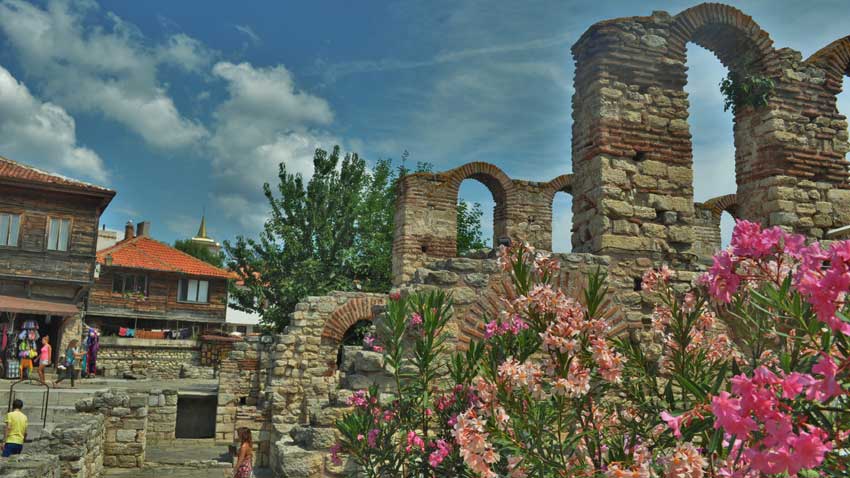
Fifteen – that is the number of churches that have been discovered and conserved in Nessebar, each with its own history and architecture. And they are all located on a peninsula that is 840 meters long and no more than 350 meters wide. The narrow isthmus that is its connection with the mainland takes visitors to one of the oldest early Christian metropolises in Europe. The first signs of humans date back to the 6th century BC, when there was a Thracian settlement here. Later, it was replaced by a fortified city-state with an amphitheatre and even a system of plumbing that was way ahead of its time. But most of Nessebar’s churches are from the time of the Middle Ages when the city was flourishing.
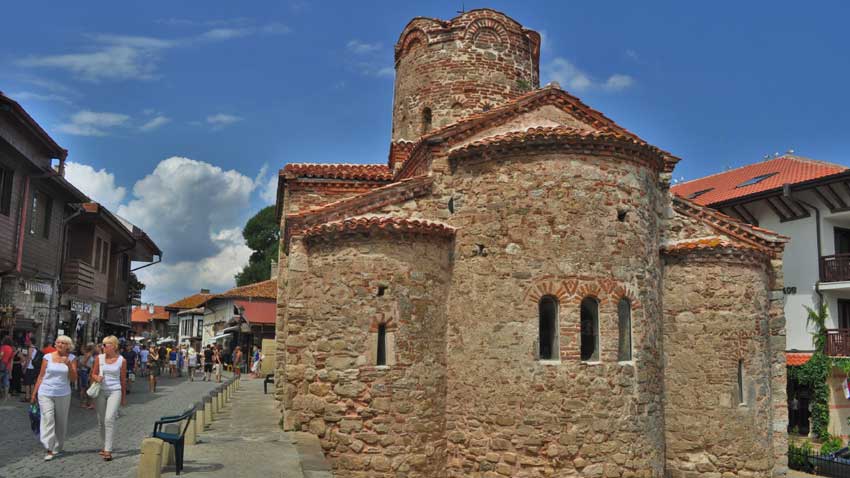
“It is these medieval churches that are the reason why it is on the UNESCO World Heritage list,” says Martin Zhelev from the Museum of Archaeology in Nessebar. According to historical sources, there have been over 40 churches here through the ages, but some have crumbled with the passage of time. The first basilicas date back to the 5th century when the town had close relations with Constantinople by sea. It was at that period that Nessebar experienced its first religious and cultural rise.
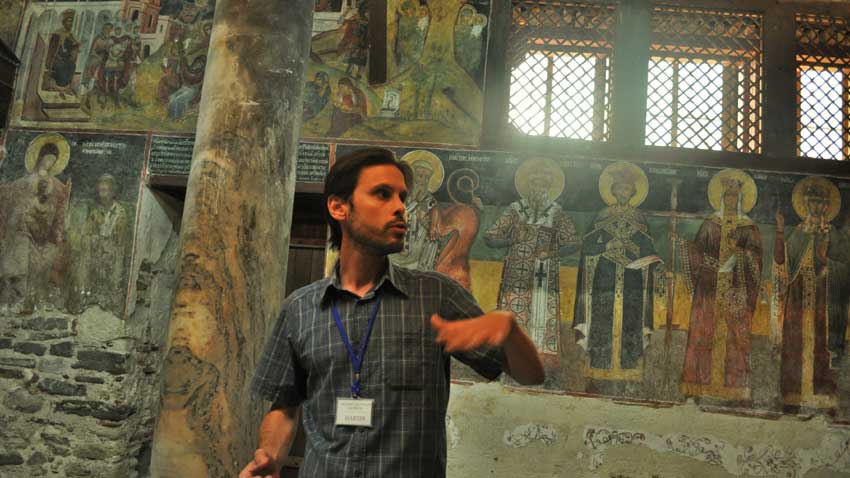
“In Roman times, this portion of the Black Sea coast was on the fringes of the empire, far from the capital, but when it split into two in the 5th century, the proximity of the new capital Constantinople gave a tangible boost to culture in the town,” explains Martin Zhelev. “Churches were being built on a massive scale and this continued throughout the Middle Ages and even into the times of Ottoman domination. Under Bulgarian Tsar Ivan-Alexander in the 14th century, Nessebar was a boomtown with more and more churches and monasteries being built. It is interesting to note that the Nessebar iconography school continued through the Ottoman period, and was especially active in the 17th-18th century. It was under the influence of the Byzantine icon-painters from Mount Athos, Crete etc.”
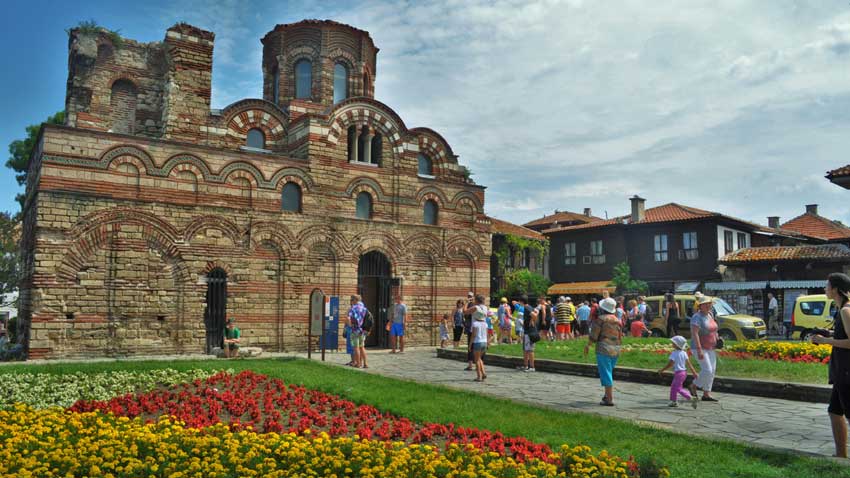
A textbook of church architecture – that is what experts say about Nessebar. But one doesn’t need to be an expert or to have sound knowledge of history or of iconography to appreciate this beauty and elegance that has come down to us through the ages. Nessebar municipality is currently working on a project that will connect all 15 churches in one tourist itinerary. The undisputed masterpiece among these pearls of church architecture is St. Stefan.
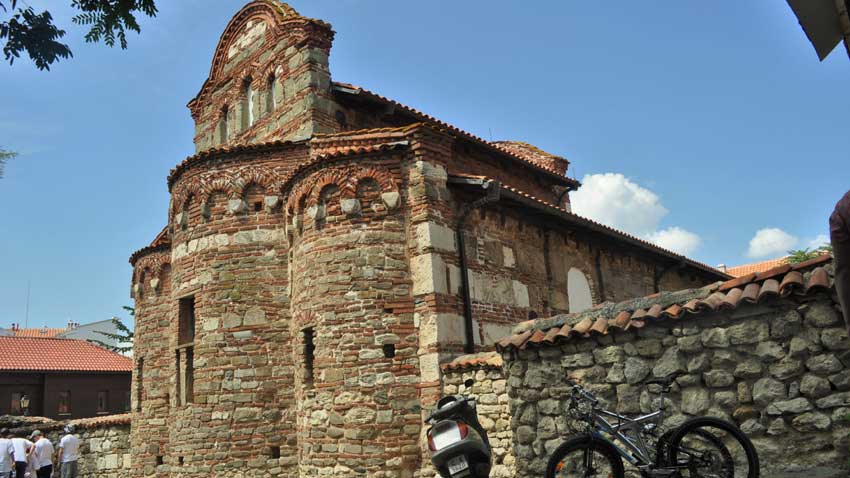
“This is the most frequented of all sites and the only church with 16th century frescoes that have been preserved almost in their entirety”, Martin Zhelev says. “It was built in the 10th century but very few fresco fragments from that period have come down to us. Another unique house of prayer is the Church of Christ Pantokrator in the square with the town’s post office. It is the church that is best preserved here. Only its belfry is a bit damaged, otherwise it is absolutely authentic and even today looks as it originally stood. Many of the churches in the town are from the 13th-14th century. The most emblematic one is the St. Sophia or the Old Metropolitan Church as it is called, the biggest church to have ever been built in Nessebar – the building is from the 5th century! It is a rare thing for Bulgaria, or for Europe for that matter, to see remains of churches from so long ago.”
Church building never stopped in the course of a millennium and more. And it is because the town is perched on a small peninsula, almost completed isolated from the mainland and from enemy armies that so many of the churches are so well preserved. Small wonder then that the ancient Nessebar has been proclaimed an architectural and archaeological reserve; it is the only Bulgarian town to have been included in the UNESCO World Heritage list in its entirety.
English version: Milena Daynova
Photos: Veneta Nikolova
The article was written with the assistance of the Ministry of Economy and Energy project “Communication campaign for promoting domestic tourism in the Republic of Bulgaria”.
With its stone-roof old houses, steep alleyways winding up into the mountain, and stone fences, Kovachevitsa stands out as one of the most delightful romantic villages in the country, a breathtaking corner in the Rhodopes that seems untouched by..
Bulgaria abounds with diverse nature and beautiful places that anyone would love to visit even more than once. Many tourist destinations are accessible by train. To assist people looking for options for nature walks or trips to other cities during..
More than two million international tourists are expected to visit Bulgaria in the coming winter season, interim Tourism Minister Evtim Miloshev told Nova TV. In total, more than 3.2 million foreign visits are expected, including one-day and..
The old button lift in the village of Govedartsi , Samokov Municipality, which takes tourists to the peak of Malyovitsa in the Rila Mountains, is to be..

+359 2 9336 661
